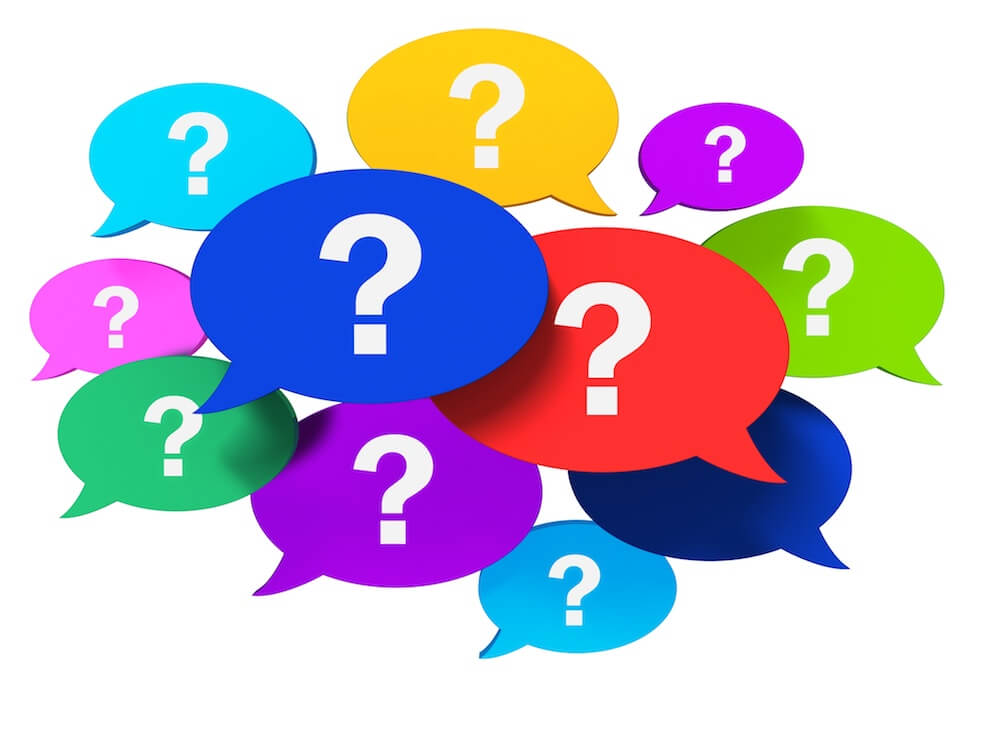The DOT is the short version for the United States Department of Transportation. This large office of the Federal government is responsible for the infrastructure and roadways that cross the nation and are designated Federally owned.
What is the mission of the DOT?
The Department of Transportation (DOT) sets forth critical goals to elevate and secure the nation’s transport infrastructure, focusing on:
- Creating a Safe and Efficient Transportation Network: The DOT commits to developing a transportation system that is safe for all users and efficient, reducing risks across all transportation modes.
- Improving Americans’ Quality of Life: By enhancing transportation accessibility and reliability, the DOT aims to positively affect Americans’ daily lives, making travel more sustainable and responsive to community needs.
- Strengthening Economic Productivity: The department plays a vital role in the economy by facilitating the smooth movement of goods and services, thereby boosting the competitiveness and productivity of American businesses and workers.
While commonly linked with highway management, the DOT’s scope is much broader, encompassing various offices dedicated to ensuring safe, efficient, and secure travel. Established in 1966, the DOT has continually evolved, introducing programs and initiatives to address the dynamic challenges of transportation and support the nation’s economic growth. Its overarching mission is to enhance the transportation system’s contribution to the country’s prosperity, safety, and infrastructure security.
Department of Transportation Offices and Authorities Include:
Office of the Secretary: The leadership branch of the DOT, the Secretary of Transportation is responsible for the big picture and in relating the needs and concerns of the department to other branches of government.
Federal Aviation Administration: The nation’s airways fall under the purview of the FAA; this includes both civilian aircraft, airports, and the transportation of goods by air.
Federal Highway Administration: The FHWA covers highways and transportation programs, including offering financial assistance to state governments. This department is designed to create improvements and maintain the safety of the nation’s infrastructure.
Federal Motor Carrier Safety Administration: Familiar to all trucking businesses, this branch of the DOT was formed in January 2000. The FMCSA is charged with creating and maintaining safe roadways by enhancing provider and carrier safety. The primary mission of this department is to create and enforce safety requirements, ensure compliance, and maintain records for all carriers operating in the nation.
Federal Railroad Administration: The FRA provides oversight and safety regulations for the nation’s railways, trains, and tracks.
Federal Transit Administration: The FTA focuses on safe transportation for the public, with buses, trolleys, and other public transportation and commuter vehicles. Ferryboats, subways, and elevated systems are also monitored and overseen by the FTA.
Maritime Administration: The safety of our nation’s waterways, including the maintenance and safety of shipping routes and multimodal transportation.
National Highway Traffic Safety Administration: This agency performs a similar function to the FMCSA, but for consumer vehicles and other initiatives. Motor vehicles of all types, accident data, and other records are maintained by the NHTSA; this group is also responsible for safety training, child restraint laws, and vehicle safety laws across the nation.
The DOT is made up of a huge number of agencies and organizations that focus on keeping all modes and methods of transportation safe for individuals and businesses. Understanding just how far-reaching the agency is will help business owners remain in full compliance with all regulatory issues and laws.
Get truck insurance quotes.
If you need to get truck insurance, we can help you with some quotes. Our transportation insurance team can help you get the coverage you need to protect your business. Get started with insurance quotes by filling out our online form, giving us a call, or messaging us on LiveChat.
Source: DOT


